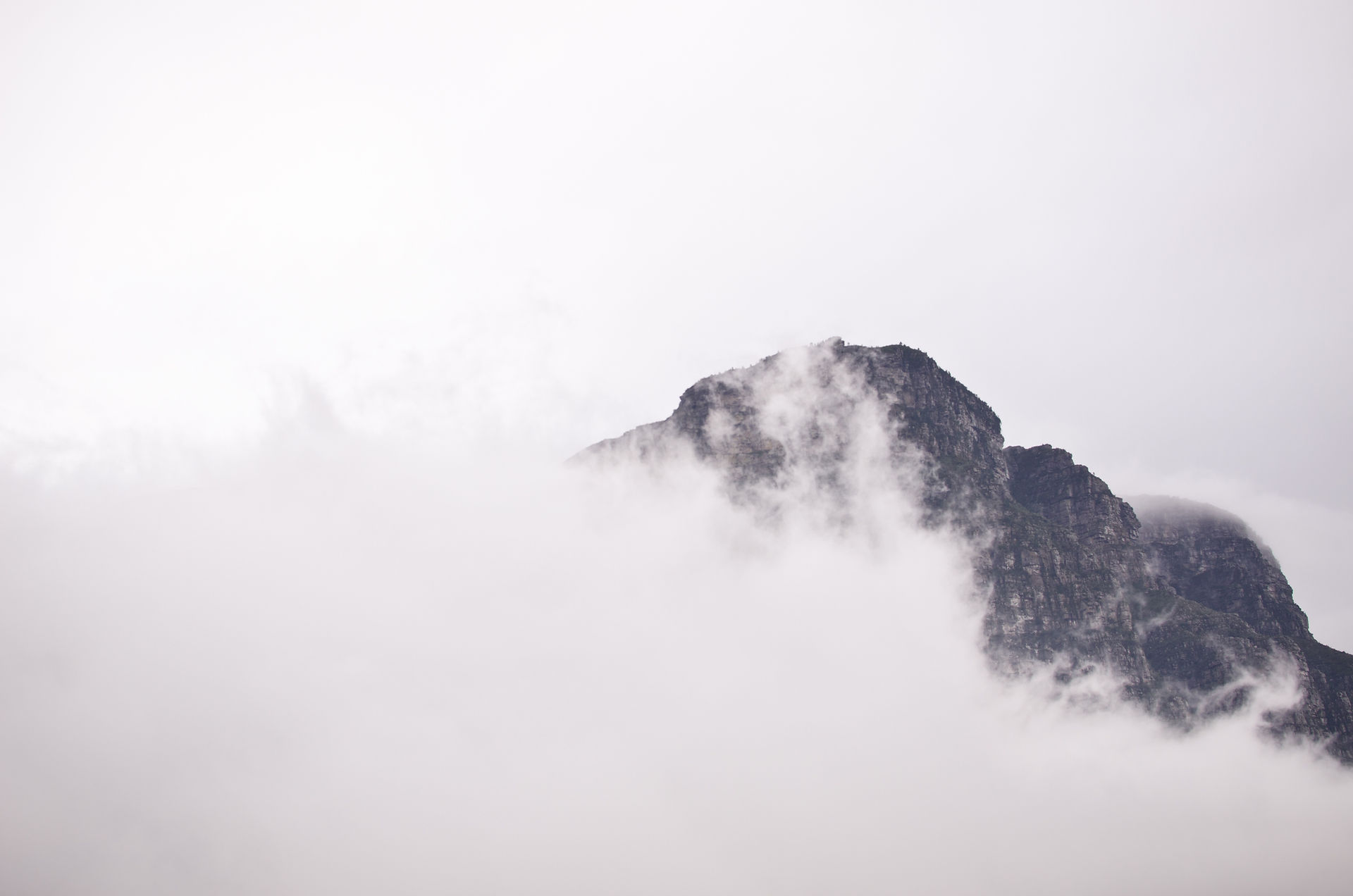Unwind and Relax: A Simple DIY Essential Oil Diffuser for Your Home
- Cassandra Foster

- Jan 15
- 4 min read
Creating a calming atmosphere at home can transform your daily experience and boost your well-being. One of the best ways to relax is by using essential oils. These natural extracts not only provide pleasant scents but also offer various therapeutic benefits. Making your own essential oil diffuser allows you to surround yourself with aromas that uplift your mood and help you unwind. In this guide, we will guide you through a straightforward DIY project to customize scents that perfectly suit your feelings and environment.
Understanding Essential Oils
Essential oils are concentrated plant extracts that carry the natural fragrance and health benefits of their source. Used for thousands of years across various cultures, essential oils have a rich history as remedies and aroma enhancers. For example, studies suggest that diffusing essential oils can elevate mood, reduce stress, and even improve sleep quality.
When diffused, these fragrant oils fill the air, creating a soothing environment ideal for relaxation. Knowing how to choose the right oils enhances the benefits of your diffuser. For example, research shows that lavender can reduce anxiety levels by approximately 30% when diffused in the air.
Benefits of Using an Essential Oil Diffuser
Using an essential oil diffuser offers numerous advantages for your mood and health. Here are some key benefits:
Improved Mood: Essential oils like citrus and peppermint are invigorating and can lift your spirits. In contrast, calming oils such as lavender and chamomile help you relax after long days.
Stress Relief: The aroma from oils reduces stress levels. A study revealed that inhaling lavender oil can significantly lower cortisol levels, which are associated with stress.
Better Sleep: Oils such as vetiver and sandalwood help promote restful sleep. In a study, participants who used lavender oil reported a 20% increase in sleep quality.
Enhanced Focus: Oils like rosemary and eucalyptus can improve concentration. A study found that participants exposed to rosemary oil performed tasks 50% faster than those without.
Improved Air Quality: Many essential oils have antimicrobial properties. Diffusing tea tree or lemon oil can help purify the air, creating a healthier living environment.
Materials Needed for Your DIY Essential Oil Diffuser
Creating your own essential oil diffuser is simple and requires just a few materials. Here’s what you need:
A glass container: Use a small vase, mason jar, or any heat-resistant ceramic or glass. Pick a design that fits your décor.
Essential oils: Choose your favorites. Popular options include lavender, eucalyptus, peppermint, and frankincense.
Carrier oil: Light oils, such as sweet almond, jojoba, or fractionated coconut oil, serve as a base for your essential oils.
Bamboo skewers or reed diffusers: Use these to absorb the oil mixture and release the scent.
Optional: Add food coloring or decorative items like pebbles or flowers to enhance your diffuser’s look.
Steps to Create Your Essential Oil Diffuser
Now that you have everything, follow these steps to create your essential oil diffuser.
Step 1: Prepare Your Container
First, clean your glass container thoroughly. This step ensures no contaminants interfere with your oils' quality.
Step 2: Combine the Oils
In a separate bowl, mix your essential oils with the carrier oil. A common starting ratio is 1 part essential oil to 3 parts carrier oil. Adjust this based on your desired fragrance strength. Mix well to combine.
Step 3: Fill Your Container
Pour the oil mixture into your container, leaving some space at the top. This space is important for airflow, allowing the scent to disperse.
Step 4: Insert the Skewers
Place your bamboo skewers or reed diffusers in the container. If using bamboo skewers, cut them to a length that fits your design without overwhelming it.
Step 5: Allow it to Diffuse
Let the reeds absorb the oil for a few hours. For a stronger aroma, flip the reeds after several hours to release more scent.
Optional Step: Customize Your Decor
Consider adding food coloring to your carrier oil or decorative items to make your diffuser visually appealing.

Choosing Essential Oils for Relaxation
Selecting the right essential oils is key to achieving relaxation. Here are some popular choices:
Lavender: Known for its calming effects, lavender helps improve sleep quality and ease anxiety.
Chamomile: This sweet-scented oil is perfect for easing tension and anxiety during quiet evenings.
Ylang-Ylang: With its exotic floral fragrance, ylang-ylang reduces stress and creates a peaceful atmosphere.
Frankincense: Often used in meditation, its earthy scent grounds you, creating a sense of tranquility.
Bergamot: This uplifting citrus oil can lower feelings of stress and anxiety.
Feel free to experiment with these oils to craft a unique blend that suits you.
Maintaining Your Essential Oil Diffuser
Regular maintenance keeps your diffuser working well. Here are some tips:
Refill Regularly: Depending on use, refill the oil mixture every few weeks to keep an appealing aroma.
Clean Your Container: When switching oils, clean your container thoroughly to avoid mixing scents.
Rotate Your Scents: Change essential oils based on the season or your mood. Different scents can refresh your home and create a new ambiance.
Final Thoughts
Creating a DIY essential oil diffuser is simple and fulfilling. It enriches your space with calming aromas and promotes relaxation. By selecting your favorite essential oils, you can create an experience tailored to your preferences. As you enjoy the comforting scents in your home, you take meaningful steps toward self-care and wellness.
With the power of essential oils, you can turn any room into a serene haven. Whether you want to relax after a busy day or simply indulge in your favorite fragrances, this easy DIY project will surely become a treasured aspect of your self-care routine.






















Comments